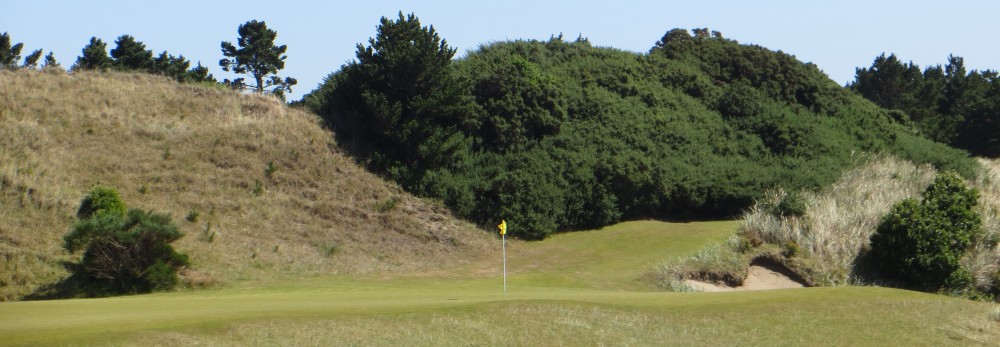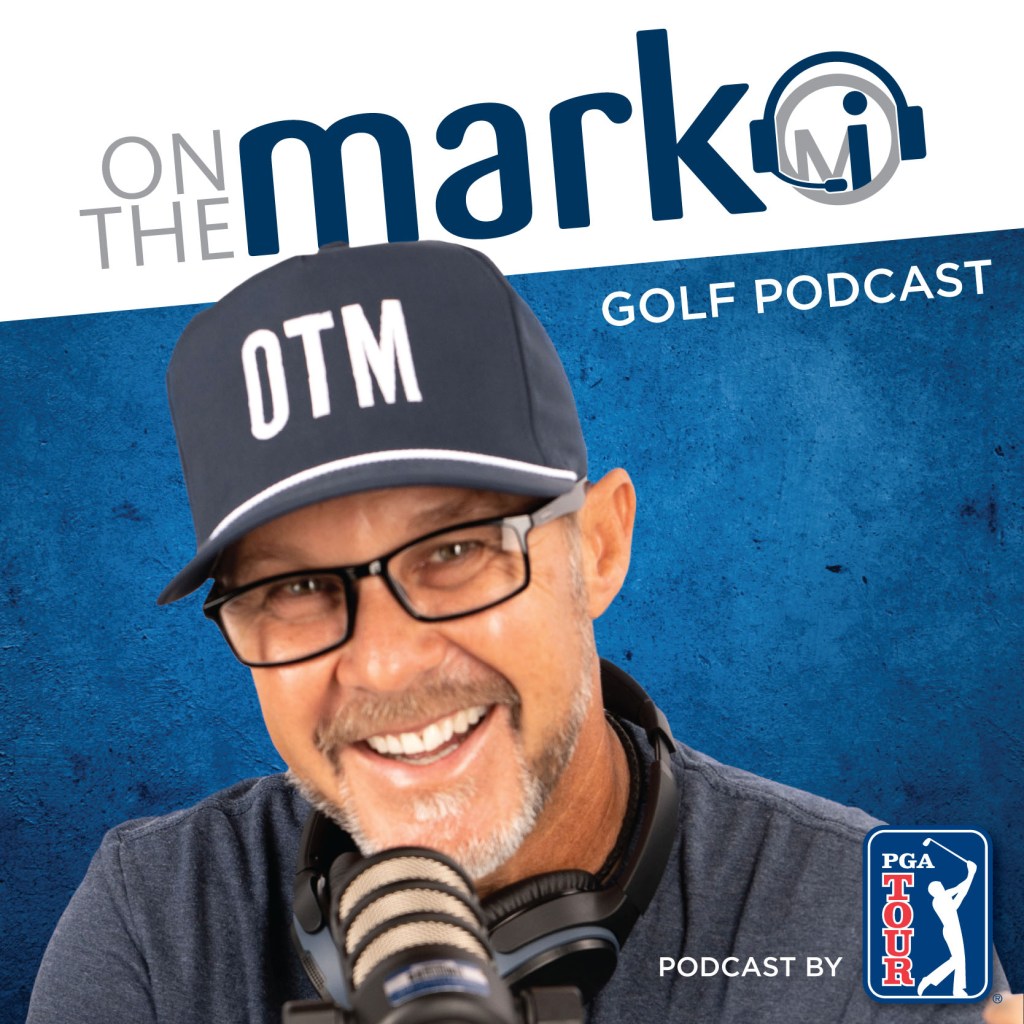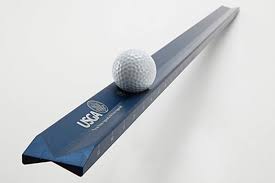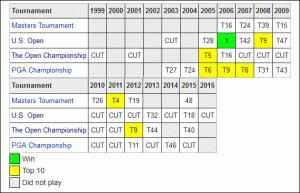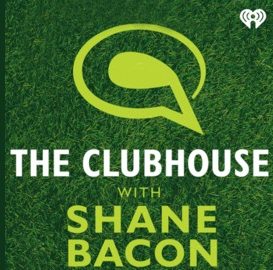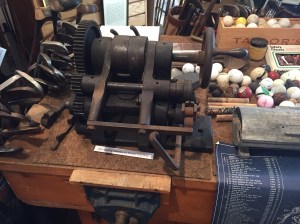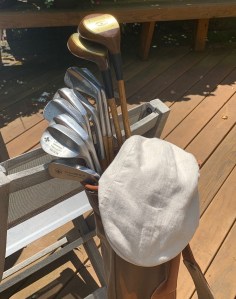 The personal isolation created by the pandemic has given us all lots of time to catch up on things we have meant to do for a long time. For me this included the idea of someday “playing with hickories”, something I wanted to do for years but just never found a way to get to it.
The personal isolation created by the pandemic has given us all lots of time to catch up on things we have meant to do for a long time. For me this included the idea of someday “playing with hickories”, something I wanted to do for years but just never found a way to get to it.
You see the problem had always been where does one get a reliable set of hand made clubs that are 100 years old. The point was not just to own a few hickory clubs as collector’s items but to play with them, not just once, but often enough to understand how guys like Jones, Hagen, Vardon, and Ouimet were able to play the game at such a high level with this antiquated hardware. There were plenty of hickory shafted clubs from different sources out there on the internet but how could I be sure if they were authentic, still in playable condition, or were worth anywhere near what people were asking for them.
Then in my covid catch-up reading I stumbled on an article in The Golfer’s Journal about a small artisan company called Louisville Golf that had been making custom persimmon head clubs for the last 50 years and had taken up reproducing hickory shafted clubs in the 1990’s in an attempt to survive in what was a shrinking persimmon niche market. Four older gentlemen made all the clubs by hand and the reproduction of lines of vintage hickory clubs became the staple that kept them in business.
A little more research revealed that there were only two companies in America that still made hickories to the original specifications and Louisville Golf offered the widest variety of woods, irons, niblicks, and putters that were authentic reproductions of the most famous products of the hickory era. Sure seemed like the avenue I had been waiting for to explore this world of hickory first hand.
 A study of the Louisville Golf website followed by a conversation with the owner Jeremy Wright got me out of the gate. Since a full set of these would be no small investment, it made sense to get a couple of clubs to begin with to see if it was even feasible for me to handle the clubs proficiently enough to enjoy the challenge of playing with them on a regular basis. I started with their 1920’s vintage Precision Series Mashie (an equivalent to a modern 8 iron) and a 21-degree persimmon headed Jack White Special Cleek (an early version of a utility wood).
A study of the Louisville Golf website followed by a conversation with the owner Jeremy Wright got me out of the gate. Since a full set of these would be no small investment, it made sense to get a couple of clubs to begin with to see if it was even feasible for me to handle the clubs proficiently enough to enjoy the challenge of playing with them on a regular basis. I started with their 1920’s vintage Precision Series Mashie (an equivalent to a modern 8 iron) and a 21-degree persimmon headed Jack White Special Cleek (an early version of a utility wood).
A couple of weeks worth of range and on course work with these two convinced me that there was nothing intrinsically difficult about hitting hickory clubs and with some patience and perseverance it was possible to play them on the regular course and appreciate the skills of the ancient greats of the game.
Within a month I had my own custom crafted set of hickory shafted clubs-made up of a 14-degree Wilsonian Brassie for driving and fairway play, the Jack White Cleek, the full array of Precision Series dimpled faced irons, and a replica Bobby Jones Calamity Jane blade putter.

Now the fun would begin, exploring the parameters of this new set of old clubs to find out just how playable they would be on my regular hunting grounds. Sessions on the range with my Rapsodo launch monitor would supply ball speed, club head speed, launch angle, and carry distances for comparing the performance of clubs of the same loft from my hickory set vs my modern equipment.

The dimple faced Precision Series Mashie and Pitching Mashie are identical lofts to a contemporary 8 and 9 iron respectively
For someone like me with a relatively modest swing and ball speed, 80 and 100 mph respectively with my PXG 6-iron, the launch monitor numbers were surprising in that the differences in the irons were statistically insignificant. Launch angles were a tinch lower with the hickories but the club and ball speed and the carry distances were less than 3 percent apart throughout the iron range.
The hickory shafts make the clubs heavier in hand then their composite shafted relatives from my modern set, but choking up an inch and concentrating swing rhythm and timing seems to take care of it. The dimpled face does not impart the kind of spin we get off grooved face irons today so some adjustment for roll out is necessary on carry shots into the greens.
The forgiveness of these irons is surprisingly adequate so I really did not pine for the cavity backed feature of modern irons. But the club head seems more sole weighted and balls that climb up to the thinner part of the face, especially in the rough, can come off with insufficient enthusiasm and a dampened trajectory.

Shape of the Niblick and the SM Niblick behind looks pretty to the contemporary eye
The Mashie Niblick (PW), Niblick (GW), and SM Niblick (56 degree SW) do a good job for the approach distances of 110 yards and in. Trajectory is very similar to my modern versions of the same clubs and, except for a little less spin off the face, hitting the click-stop array of half, three-quarter, and full shots has been very manageable.
The close-in pitching and chipping game around the green is very familiar. I have found that the sole weighting on the irons gives a little more aggressive roll out in these shots so I have actually lofted up one notch using the Mashie-Niblick (PW) for shots I usually play with a 9 iron and the Niblick (GW) for shots I most often play with my modern wedge. The 56 degree SM Niblick has plenty of lift for the lofty pitches and the bounce is appropriate for playing the array of sand shots we generally run in to.

The heads on the Brassie and Cleek will remind you of the persimmons you played with as a kid
The Brassie and the Cleek had significantly lower launch monitor numbers then the high tech hybrids and driver in my current set. The more significant factor had nothing to do with the hickory shafts but rather the persimmon heads. As you might remember from playing persimmon heads from the 60’s though the 80’s, the sweet spot on these woods is the size of a dime, so the mishits are real foul balls and could be seriously off line and 30% shorter than a solid one. The practical playing yardage of the course at 6200 yards gets seriously longer as a result.

Calamity Jane, complete with the Bobby Jones’s three extra whipping shaft wraps, has great strike balance with the offset hosel
Maybe the most pleasant surprise was the putting experience with the Calamity Jane blade putter. Having played a heel shafted putter most of my golfing life the overall feel is not unfamiliar to me. The tall unscored paddle face does take some getting used to but they engineered the balance of the club with the offset head so you get a good aggressive roll on it time-after-time. On the slick downhill putt the toe putting trick works very well to dampen the speed.
Having played more than a dozen rounds with my hickories I have a some of takeaways on how to play these clubs effectively.
1. The differential in the carry yardage of the driving clubs coupled with the variance of distance and direction on the mishits puts real pressure on recovery shots. Acceptance and humility are very important in these situations. On the four pars when this happens it seems prudent to give up the hope of reaching the green and play a lay up to an intelligent short iron distance from which an up-and-down save is possible.
2. Recovering from the rough, given the tendency of the ball to ride up to the thin part of the face on the irons, favors playing finesse shots with the Cleek or choking up on the irons to intentionally hit them a little thin on the meaty part of the club.
3. In planning shots from the fairway, the lower launch angles off the face and the lack of spin control favors a more links-like, ground game approach into the green openings allowing for roll out. Three quarter and half shots are an art with these clubs and it seems to me the shaft and the club head weighting makes them very conducive to success on these type of plays.
4. The 13 inch long leather grips take some getting used to. First of all they are a little firmer then the softer rubberized grips on most clubs today. In the heat, if you do not wear a glove, they can get a little slippery from your hand sweat. Most peculiar, since the grips are 3 to 4 inches longer then what you are used to, when you grip down on the chip shots around the green or on less then full shots in the fairway you have to recalibrate how far down the grip to set your hands to get the club length right. It took me a couple of sessions at the short game area to work this out.
5. Scoring to your normal handicap is going to be a challenge because some of the precision the new technology gives to your equipment is not there, so you have to adjust your expectations accordingly. I suggest you track a separate handicap for your hickory rounds so as not to distort your regular index. Playing the course a tee up may make sense to increase your enjoyment by taking some of the pressure off the wood club differentials and allowing yourself the opportunity to play approach shots with irons you are used to.
6. Most important, embrace the challenge and allow your strategic approach to playing to be more old school. Most of us grew up playing in a time when the hard turf and less manicured conditions left a strong bit of existential outcome in the game. The style of play with the hickories matches up to that way of playing nicely if you can accept the mind set and play accordingly.

A minimalist canvas walking bag with a Truckin’ theme seemed right
I have had to put up with the snickers of macho friends who wonder why in the world a sane person would give up current technology to play with a bag full of antiques. But it is like joining a vintage car club and going off on a sunny summer day for a country ride in a classic fin back convertible with your favorite squeeze. Some things just have to be experienced to be appreciated.
